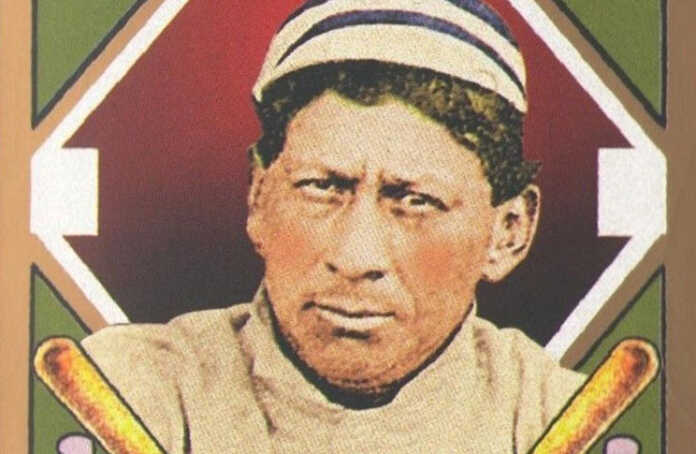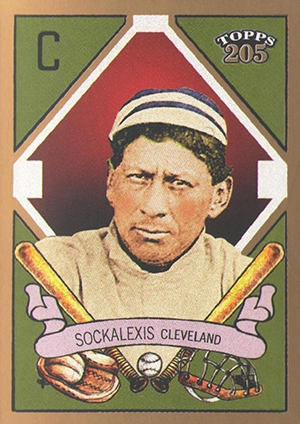
Who is Louis Sockalexis?
“The greatest natural talent I have ever encountered in this game.”
– John McGraw — Manager, New York Giants
There were tales of his 600-foot homerun, the baseball he threw across the Penobscot River (Maine), his three no-hitters while pitching for Holy Cross and Notre Dame, his six stolen bases in one game and the 400-plus foot throws measured by Harvard professors.
Before there was a Jim Thorpe, there was Louis Sockalexis, a Native American from the Penobscot Tribe who debut for the Cleveland Spiders in 1897. An immediate success, he hit .338 with eight triples and stole 16 stolen bases in his first 60 games. He had limited playing time over the next two years because of a severely injured ankle and was forced to retire at the age of 27 in 1899.
And the story that is still debated to this day, goes a little something like this: In 1915, two years after Sockalexis’ death, The Cleveland Baseball Club (then called the “Naps” after baseball great Napoleon Lajoie) changed its team name to the “Indians” in honor of Sockalexis. There is some debate as to whether the name change was, in fact, a nod to Sockalexis.
Regardless of how the story goes and in honor of breaking barriers and being a pioneer, Topps included the first Louis Sockalexis baseball card in 2003 Topps 205 Baseball.
To learn more about this baseball pioneer, check out the book Indian Summer: The Tragic Story of Louis Francis Sockalexis, the First Native American in Major League Baseball by Brian McDonald.













